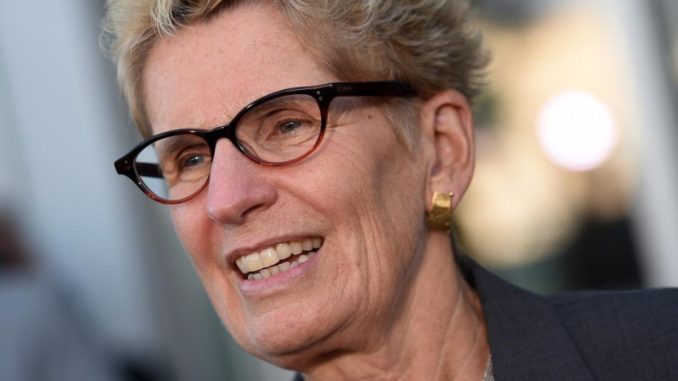
Ontario Taking Action to Support Continued Economic Growth.
|
Premier Wynne was at the Ontario Chamber of Commerce Annual General Meeting in Hamilton today to talk with the business community about the strength of Ontario’s economy and the next steps in the government’s plan for care and opportunity. Ontario’s unemployment rate is at its lowest level in almost two decades and, since 2014, the province has been a growth leader among the G7. Ontario continues to be a North American leader in attracting business investment and is accelerating towards its goal for 70 per cent of workers to have a postsecondary education or apprenticeship certificate by 2020, which is twice the OECD average. Ontario’s economy is the strongest it has been in years, but is not without its challenges. In this period of rapid economic change, every province and state is experiencing disruptions and workforce displacement, navigating trade uncertainty and struggling with the fact that economic gains are not being shared broadly with workers. What sets Ontario apart is the way the government has responded by mandating fairer workplaces and investing in people and their capacity to care for their families and get ahead in the economy. The Premier highlighted a Jobs Plan that includes:
The Premier also commended business leaders for being the job creators who are continuing to build a stronger economy and said that Ontario’s greatest strength is its people. If people aren’t able to care for themselves and their families, or get stuck in situations where their hard work is not reflected in their wages, Ontario’s economic fundamentals suffer. This is why the next steps in the government’s plan for care and opportunity will provide more support for people and ensure a fairer workplace, including:
Ontario’s economy has been performing well in recent years, but to build on these gains and ensure they are more widely shared, the government is doing more to ease the pressure working families are under, support caregivers and create opportunities. |
QUICK FACTS
|
ADDITIONAL RESOURCES |
|

Leave a Reply